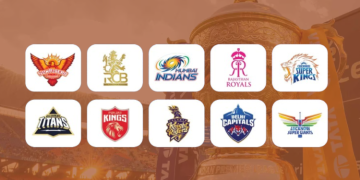New Delhi: India’s internet user base is poised to exceed 900 million by 2025, driven by a surge in the adoption of Indic languages for digital content. According to the ‘Internet in India Report 2024,’ a joint study by the Internet and Mobile Association of India (IAMAI) and KANTAR, the number of active internet users in India reached 886 million in 2024, reflecting an impressive 8% year-on-year growth. Rural India, with 488 million users, now leads this growth, accounting for 55% of the total internet population.
The report highlights the growing role of Indic languages in shaping digital consumption. An overwhelming 98% of internet users access content in regional languages, with Tamil, Telugu, and Malayalam being the most popular. Additionally, over 57% of urban internet users prefer consuming content in local languages, underscoring the rising demand for vernacular content across platforms.
AI technology has emerged as a significant driver of internet engagement, with nine out of ten internet users interacting with apps featuring embedded AI capabilities. According to Biswapriya Bhattacharya, Director B2B and Technology at Kantar Insights – South Asia, “AI has emerged as a significant game-changer over the past year. The benefits of AI are no longer confined to a small segment of internet users but extend across the entire user spectrum. The widespread acceptance of AI should encourage digital companies to introduce more next-generation features in India, while ensuring these solutions are both accurate and ethical.”
The report also sheds light on the steady narrowing of India’s digital gender gap, with 47% of all internet users now being women—the highest proportion to date. Rural India is particularly seeing more women access the internet, with 58% of shared device users being female. This marks a significant step toward digital inclusion.
While urban areas have seen a slowdown in internet penetration compared to previous years, rural India continues to exhibit double the growth rate of urban regions, indicating vast untapped potential.
The report shows a clear distinction in internet engagement habits between urban and rural users. Rural India is leading the charge in activities such as OTT video and music streaming, online communication, and social media usage, surpassing urban users in these categories. On the other hand, urban areas continue to dominate net commerce, digital payments, and online education.
Urban India also leads in the adoption of non-traditional devices like smart TVs and smart speakers, with growth rates of 54% between 2023 and 2024. However, mobile devices remain the primary means of accessing the internet across both urban and rural demographics.
As India’s internet user base continues to grow, the combination of regional language content, AI innovation, and increasing digital inclusivity points to a vibrant and evolving digital landscape, particularly as rural areas become central to the country’s internet consumption.

















